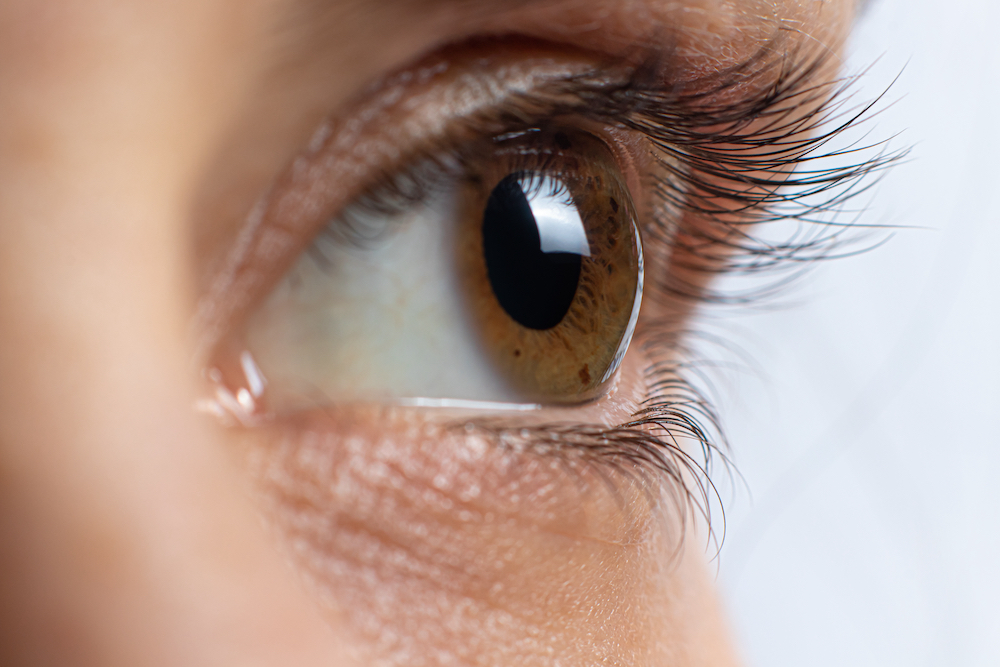Keratoconus is an eye condition where the cornea thins and bulges outwards into a cone shape. As a result, you experience distorted or blurry vision due to light rays being out of focus.
Causes of Keratoconus
Researchers have not yet understood the causes of this condition. There are cases where it develops without a viable reason. Generally, genetic and environmental factors contribute to its development.
Below are aspects that link to the condition:
Age - Keratoconus usually develops during the teenage years. However, it can show up in childhood or until you reach 30. It also affects people above 40 but in rare cases.
Inflammation - Inflammation resulting from allergies or asthma can break down the cornea tissue.
Family history - You have a higher risk if someone in your family has it.
Some disorders - Studies show that it has a link with systematic conditions like retinitis pigmentosa.
Rubbing your eyes - You can break down your cornea by often rubbing your eyes hard. It can also hasten the progression of the condition.
Symptoms
Keratoconus symptoms may occur in one eye before showing in the other. However, it often shows its signs in both eyes, but one can be more affected than the other. The symptoms usually begin during puberty and can worsen until the patient reaches 40.
Below are some of the common keratoconus symptoms:
Corneal swelling
Objects at a distance or near look blurry
Light streaks
Blurry vision
Double vision when using one eye
Halos around bright lights
Triple ghost images
Poor night vision
Desire to persistently rub your eyes
Eyestrain
Light sensitivity
Irritation
Diagnosis
Your doctor will make a keratoconus diagnosis by examining your eyes, family, and medical history first. Then they will evaluate your visual field, visual acuity, eye movements, and how your eyes appear.
Your doctor may also do a slit lamp examination to examine your eyes under high magnification using a special light. They may also use corneal topography, a type of imaging test that allows them to examine any eye changes that are not visible to the naked eye.
Treatment
Your symptoms determine the kind of treatment your doctor will prescribe. When you have mild symptoms, eyeglasses can help correct your vision. You will later need to wear hard contact lenses to maintain the proper focus of your sight.
Intacs® can help treat cornea bulging. The curved devices are small enough for your ophthalmologist to place in your cornea through surgical means. They help improve vision by flattening the cornea curvature.
Your specialist can also treat the corneal bulging through collagen cross-linking. They will use special eye drops and UV light to help your cornea become strong. As a result, your cornea can stiffen or flatten and thus cannot bulge further.
If you have severe symptoms, your specialist may suggest treatment through a corneal transplant. The procedure entails replacing part of your entire cornea tissue with a healthy one from a donor.
What to Avoid
Ideally, you should avoid rubbing your eyes if you have a bulged-out cornea. The rubbing worsens your symptoms as your corneal tissue becomes damaged. If you have any eye allergies that cause your eyes to itch, speak to your ophthalmologist so they can prescribe treatment to control the allergy.
For more about keratoconus, visit Korb & Associates at our office in Boston, Massachusetts. You can call (617) 322-0534 to schedule an appointment today.








